Egrets: The birds whose plumage was once more valuable than gold — and whose plight inspired the creation of the RSPB
More than 130 years ago, fears over the little egret’s fate helped to form the RSPB. Now, this exotic migrant is making a comeback, reports Jack Watkins.
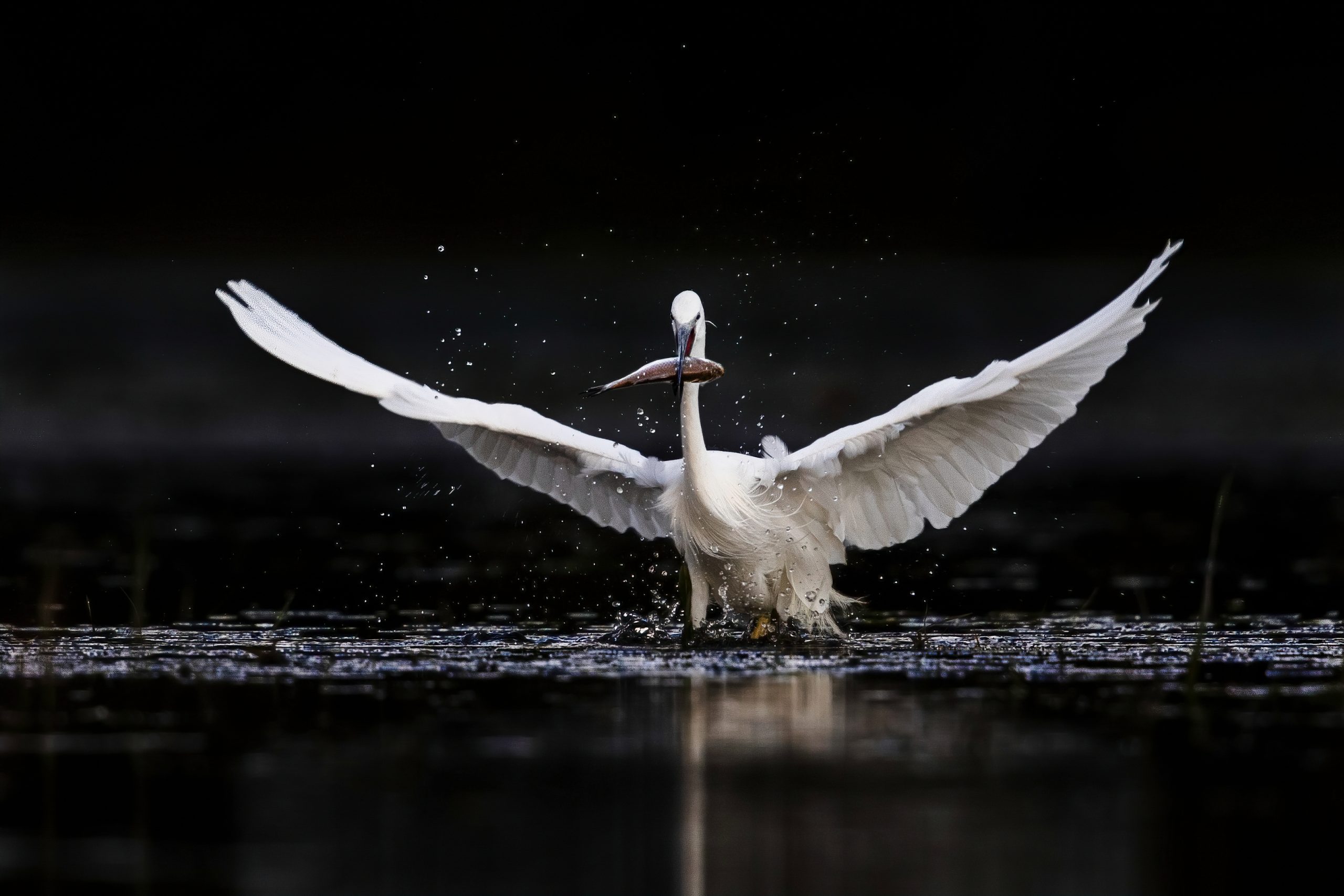

Identification books on British birds dating back a few decades seldom trouble themselves with the little egret. Into the 1980s, the chances of spotting its snow-white outline, perhaps hunched and motionless by the water’s edge in the classic heron family pose or awkwardly stepping through the muddy shallows like a man in oversized shoes, were slim. Yet, what a transformation in fortunes Egretta garzetta has experienced in the years since.
The first official record in England was of a bird shot in Yorkshire in 1826, but, as recently as 1960, the total number recorded amounted to only 33. Today, the total British breeding population, according to the British Trust for Ornithology, is about 11,000 nesting pairs, with the total swelling to more than 12,000 in winter, when they are joined by migrants mainly flying in from southern Europe and northern Africa. In an age of declining avifauna populations, the little egret is one of the few with something to shout about.
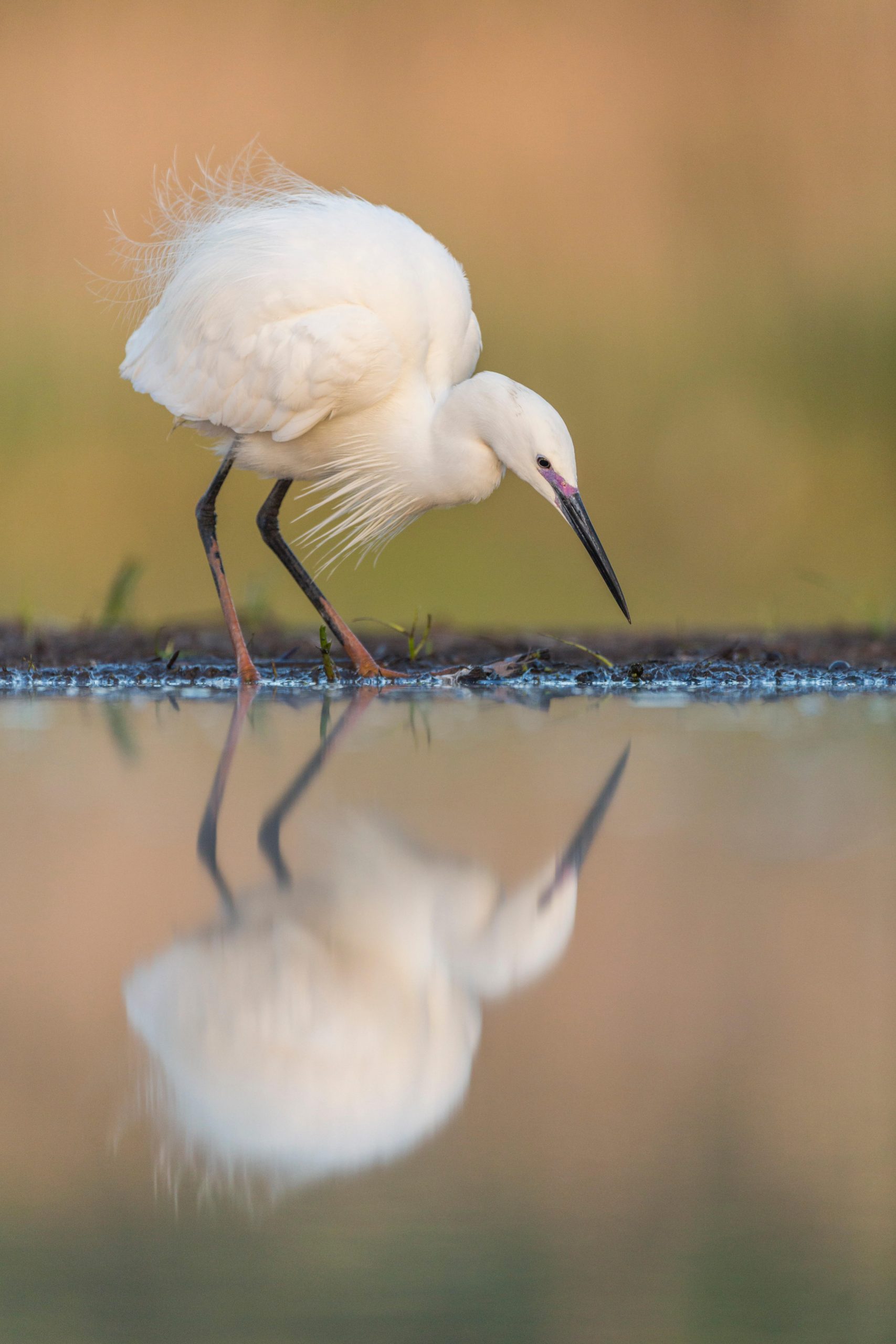
Despite their newcomer status, there is evidence in old documents that little egrets were breeding in southern parts of Britain in earlier times. There are mentions of ‘egrittes’ in the accounts of the wedding breakfast of Henry IV in 1403, and of the coronations of Henry V (1413) and Henry VI (1429).
Some authorities have dismissed such references as a matter of misidentification, with the name egritte used as a general catch-all term for members of the heron family at a time when accurate species identification was in its infancy.
Alternatively, it’s been suggested that they must have been imported birds. However, London poulterers’ lists showed wild egrets were available for consumption into the 16th century before numbers went into decline and their European range contracted, probably as a result of over-hunting and the so-called Little Ice Age. What is indisputable is that little egrets played a part in the early history of our bird-conservation movement.
"By the 19th century, the plumes of a little egret were more valuable than gold"
When moving about in the water hunting for fish, the species can look ungainly, but, observed in repose, they are extremely elegant creatures. In the breeding season, they develop long plumes on the breast and tail, and crest feathers on the back of the neck.
For centuries, these plumes were a highly desirable clothing accessory. The 17th-century ornithologist Francis Willughby, author of the ground-breaking, posthumously published Ornithologia (1676), wrote of their ornamental use on caps and headpieces, ‘sold very dear in the cities subject to the Turk’.
Sign up for the Country Life Newsletter
Exquisite houses, the beauty of Nature, and how to get the most from your life, straight to your inbox.
By the 19th century, the plumes were more valuable than gold. With each little egret producing about 1g of plumes, these could fetch £15 an ounce (28g) on the European market (about £900 in today’s prices). Trade was worldwide, with the little egrets — together with their relatives, such as the great and snowy plumed egrets — systematically farmed.
Demand from milliners for the plumes for fashionable female headwear reached such a height that there were fears the little-egret population was being devastated.
Such were the concerns that, after a series of meetings chiefly involving Society women, the Society for the Protection of Birds was formed in Manchester in 1889 and merged with the London-based Fur, Fin and Feather Folk in 1891; it was granted a Royal Charter in 1904 to become the RSPB. Its first leaflet, Destruction of Ornamental Plumaged Birds, focused on the plight of little egrets, together with grebes, and most of the charity’s early campaigning was directed against the plumage trade.
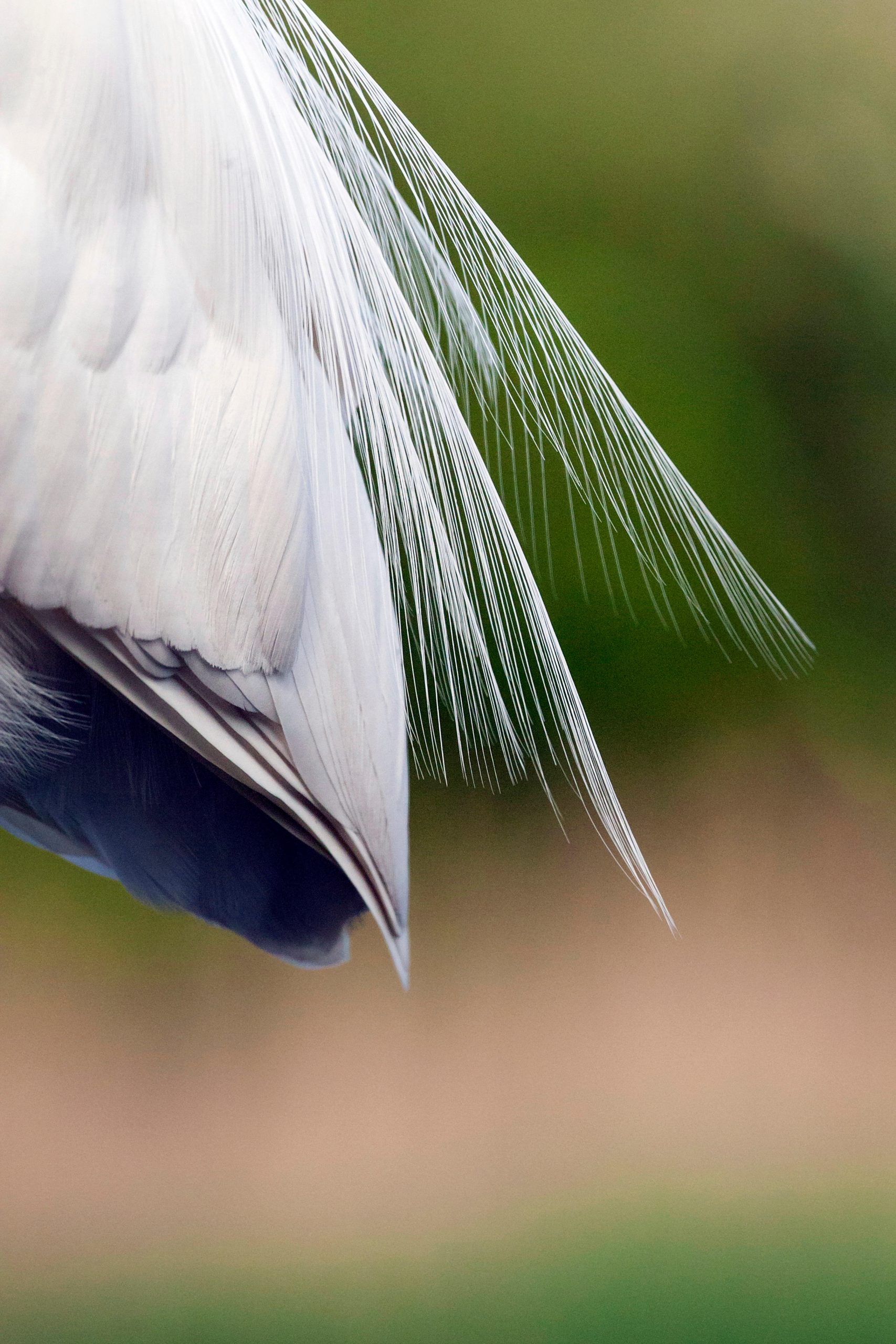
Egret numbers began to recover in southern Europe with the cessation of trade during the First World War. An Act of Parliament stopped the flow of dead birds into the country in 1921 and, although illegal dealings continued for some years after, the trade had effectively stopped by 1930.
By the 1950s, little egrets began wintering on the French Mediterranean coast, subsequently spreading north and westwards, establishing a small breeding colony at Brittany in 1960, and later breeding in Normandy.
It’s likely that the first substantial influx of little egrets to this country in 1989, when about 100 birds arrived on the south coast that autumn, were dispersals of young birds from those northern French breeding colonies.
In 1996, breeding was confirmed at two separate sites, at Brownsea Island, Dorset, and in Cornwall. By 2000, the Brownsea Island colony had expanded to 48 breeding pairs and there were colonies in Devon, Sussex, Kent and Essex.
Warmer temperatures across Europe are cited as the reason behind the bird’s northwards population expansion, just as colder ones might have assisted its contraction a few centuries ago.
Little egrets are wetland birds and they’ll often create a lively spectacle, splashing about in muddy creeks or paddling their feet in the shallow water in an attempt to force small fish or other prey to the surface.
However, at other times, the sight of a lone bird, standing still and pensive in a damp field, perhaps near a river, is a wistful sight. Once persecuted, now flourishing, they could be an emblem of the recuperative powers of Nature.
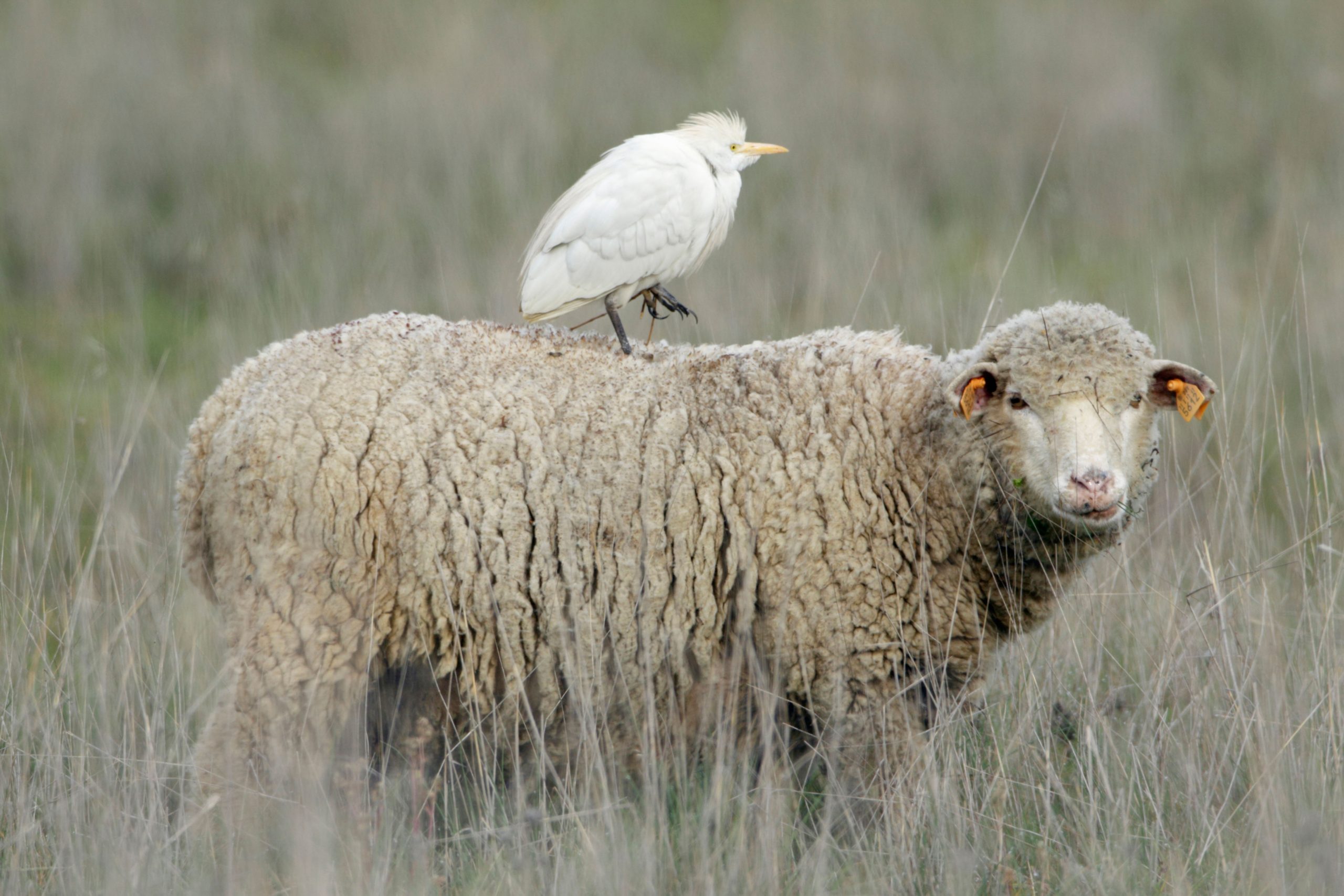
- The little egret is most easily seen on open, muddy or sandy watersides, reedbeds or rocky islands. It has a slim dark bill, black legs and yellow — sometimes mud-discoloured — feet. It eats small fish, frogs and snails
- The largest European population of little egrets is in north-west Italy
- When seen from a distance, the little egret is sometimes confused with the great white egret (numbers of which are also increasing in the UK). Similar in colouration, the latter is much larger and more like the grey heron — with the exception of the three swan species, it is the largest all-white bird in Britain
- The latest of the egret family to arrive in this country is the cattle egret (above; here, it does not confine its attentions solely to bovines). In 2008, two pairs were confirmed to have bred here for the first time, on the Somerset Levels, since when numbers have kept growing over the summer months. Most egrets feed on fish, but the cattle egret is more specialised, trailing grazing animals (cattle, antelopes, buffaloes and elephants) and harvesting insects disturbed by the hooves
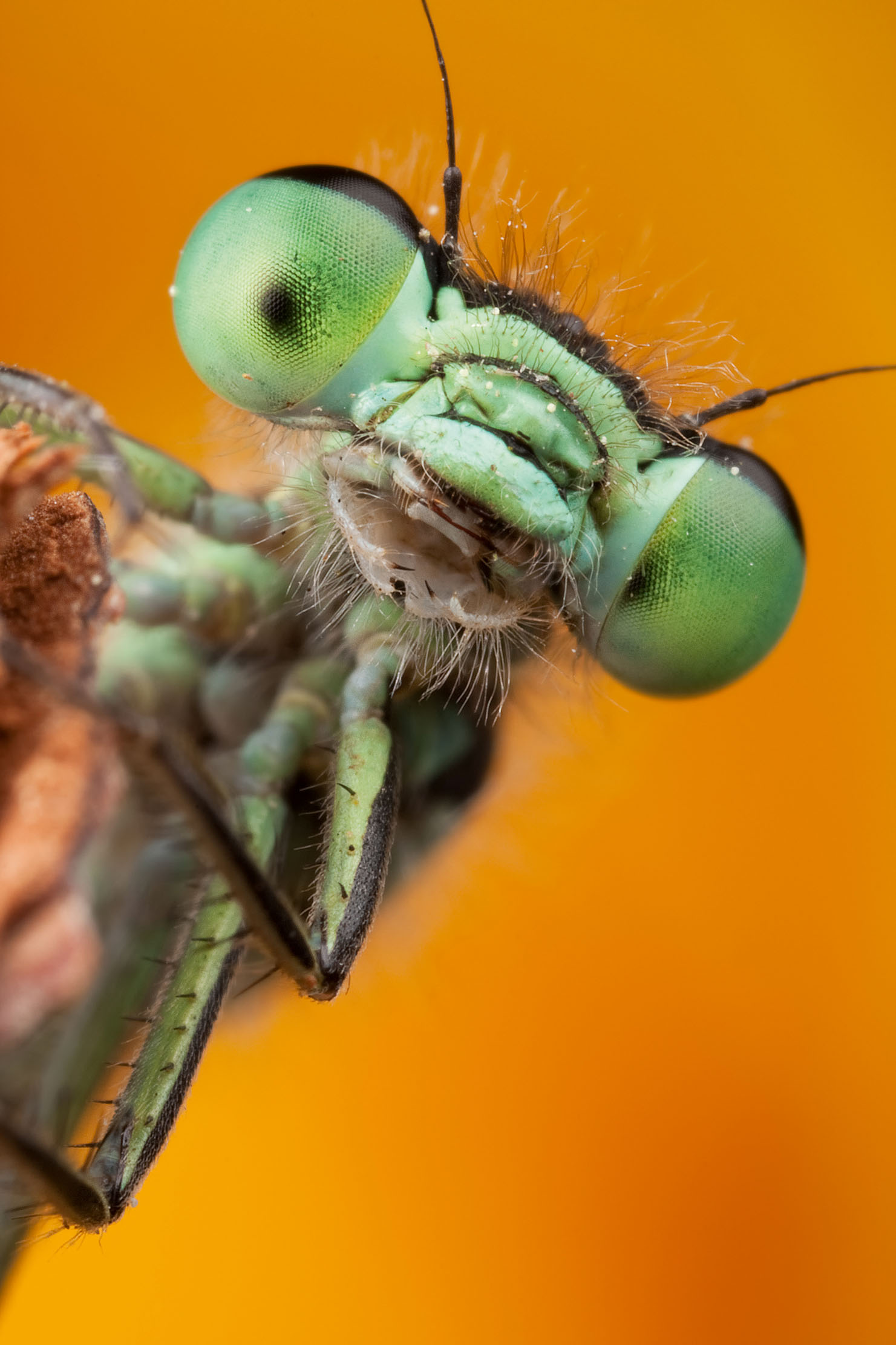
Six British dragonflies to spot in Britain this summer
Fizzing over water like a fairy aeroplane, the swooping and hovering bejewelled dragonfly is one of the insect success stories
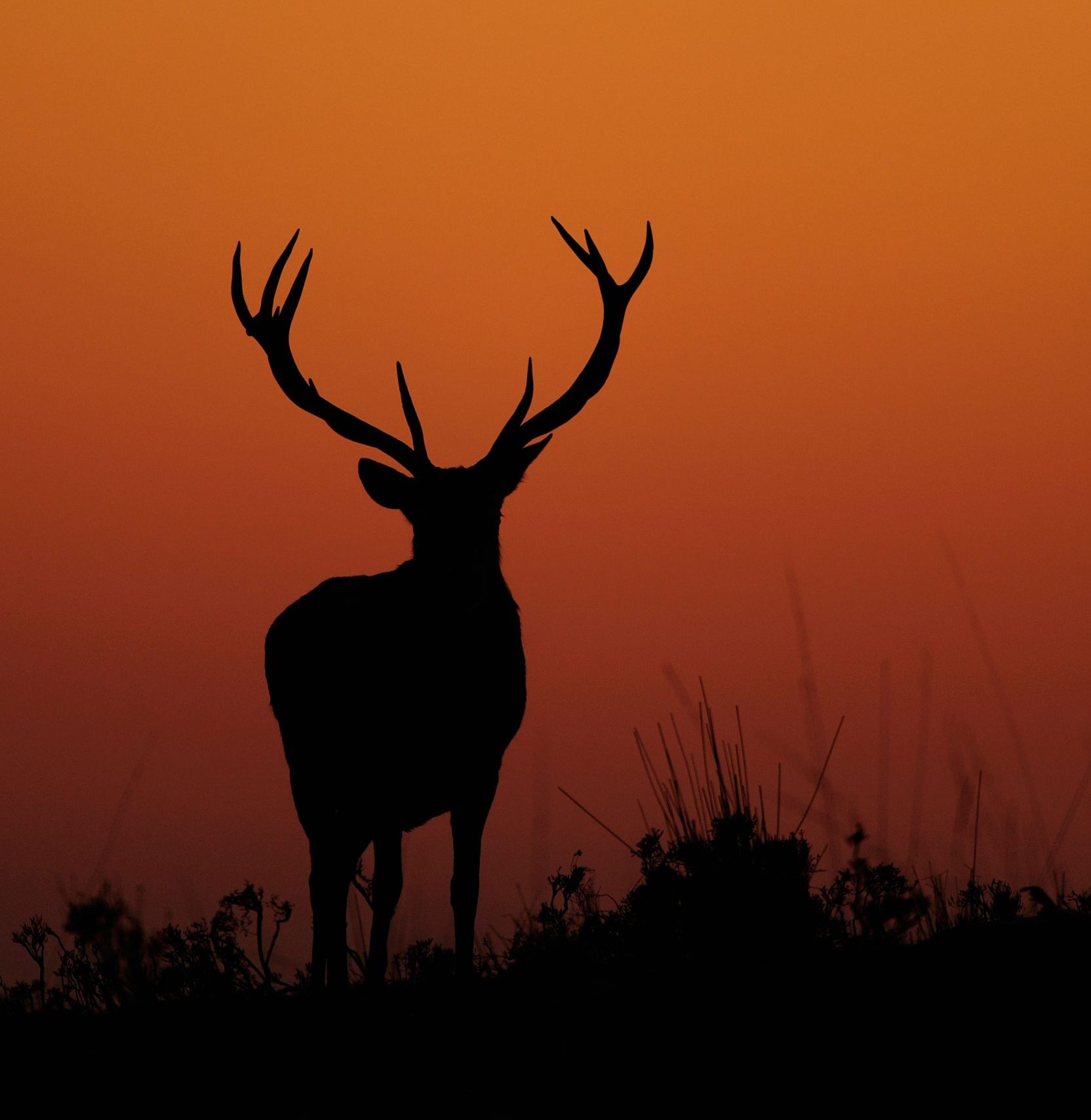
The truth about Britain's deer population, and what we can do to best manage it
With most of our six deer species increasing in range and numbers, Joe Gibbs considers what can be done to
Somerset born, Sussex raised, with a view of the South Downs from his bedroom window, Jack's first freelance article was on the ailing West Pier for The Telegraph. It's been downhill ever since. Never seen without the Racing Post (print version, thank you), he's written for The Independent and The Guardian, as well as for the farming press. He's also your man if you need a line on Bill Haley, vintage rock and soul, ghosts or Lost London.

